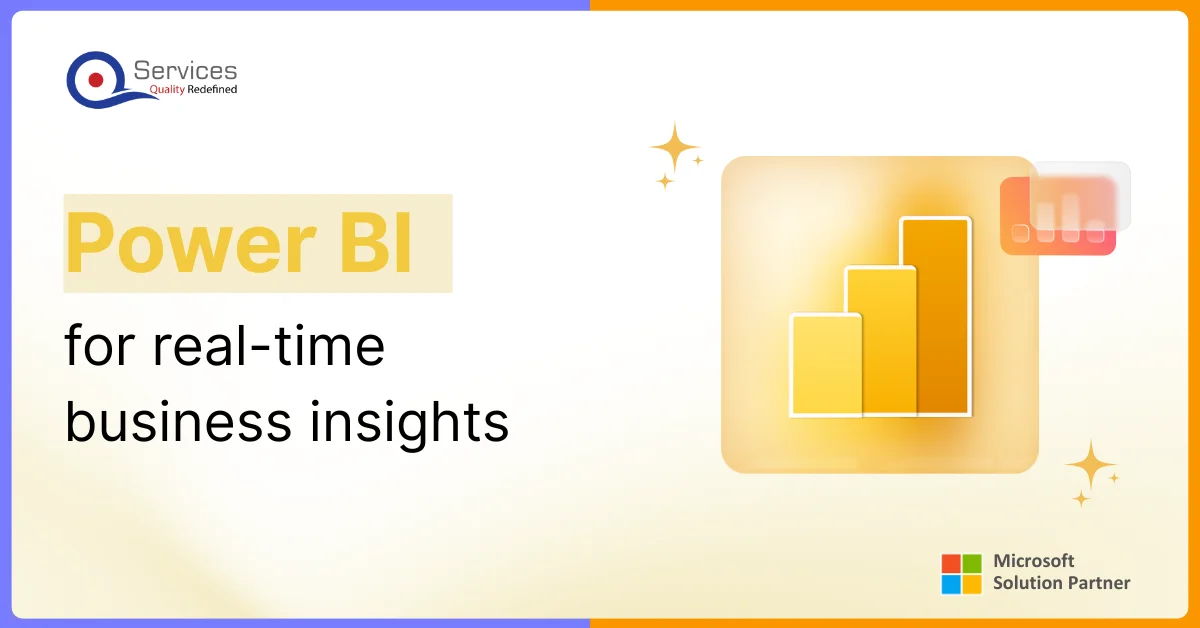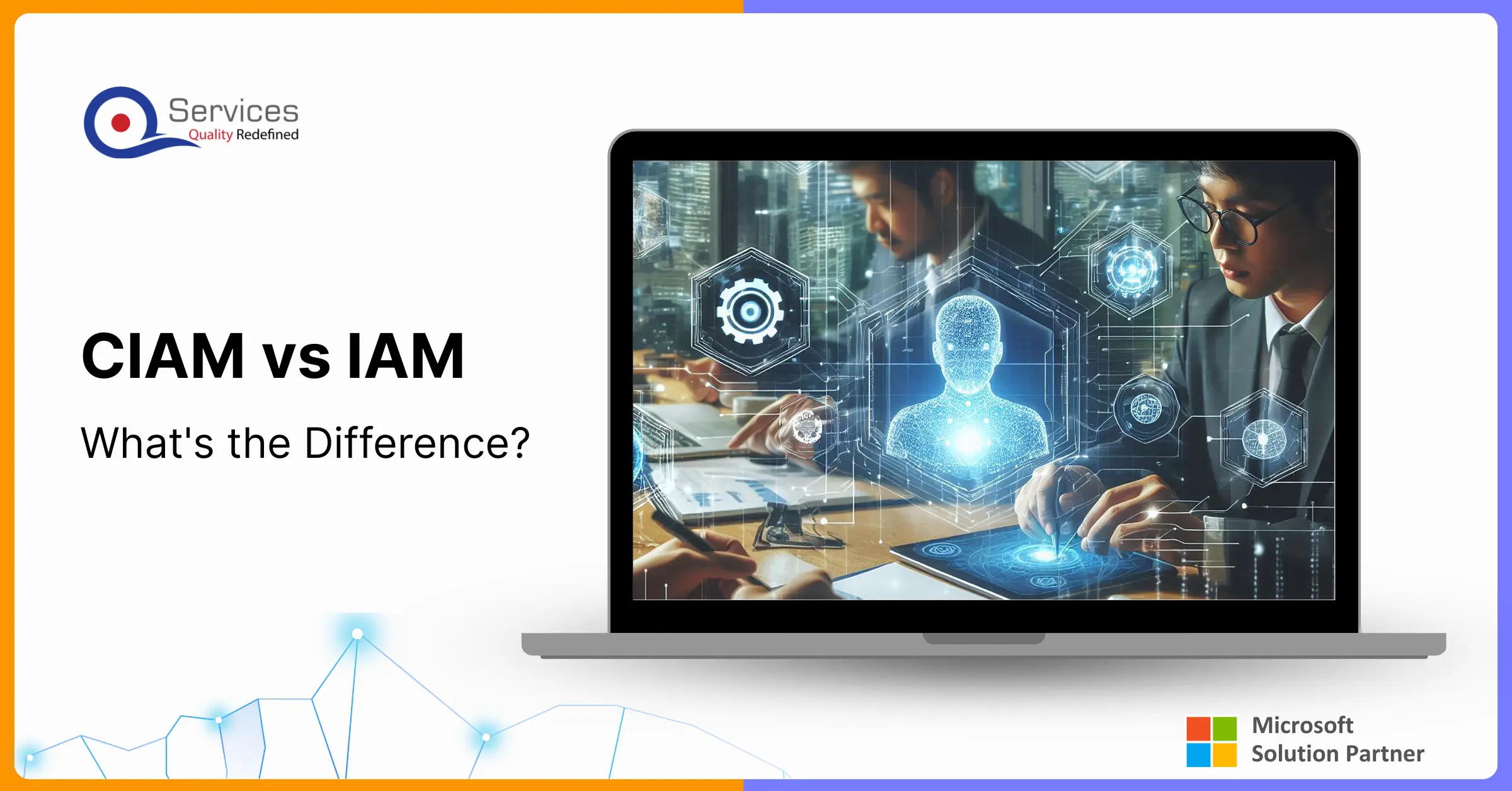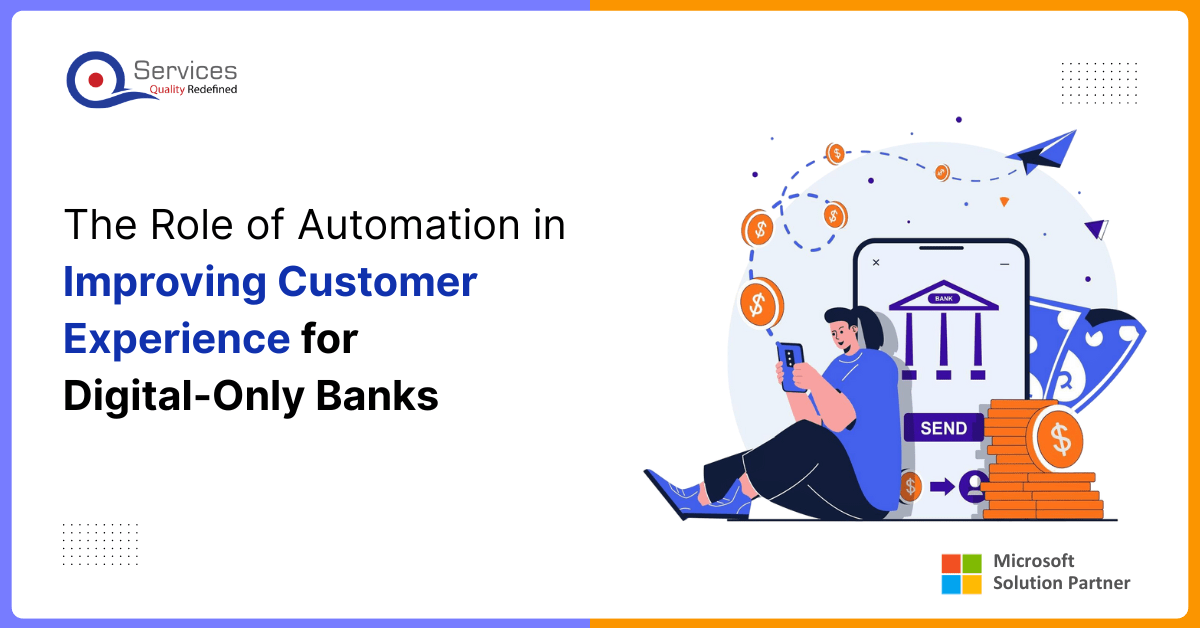
Home » Financial Risk Management using Generative AI and MongoDB

Get free Consultation and let us know your project idea to turn into an amazing digital product.

MongoDB’s document model is ideally suited to the storage of structured as well as unstructured data, including:
By collating the data in a central MongoDB database, financial institutions can create a complete dataset for AI-based analysis.
Generative AI models such as GPT, Variational Autoencoders (VAEs), and Generative Adversarial Networks (GANs) can be trained by using MongoDB’s stored financial data. The models can:
Machine learning tools like TensorFlow and PyTorch can be combined with MongoDB to handle and retrieve financial data efficiently.
Once trained, generative AI models can be used to:
Merging AI-based risk assessment with MongoDB’s aggregation framework and real-time analytics allows banks to make real-time decisions on:
Financial fraud through identity theft, credit card theft, and money laundering can be detected by using AI models on transaction patterns. Generative AI can create simulated fraudulent transactions to train models, making detection of real-world fraud more accurate.
Financial institutions can simulate hypothetical market drops and test their risk management techniques before actual crises.
Generative AI maximizes investment portfolios and reduces risks based on historical patterns of investments and real-time financial data.
AI models generate real-time data-based regulatory reports to allow financial institutions to meet regulations.
AI-based models evaluate the credit history of loan applicants and forecast default probabilities more reliably than traditional credit scoring methods.
While generative AI and MongoDB both offer enormous financial risk management advantages, there are issues to resolve:
Personal financial data must be protected via encryption, access control, and regulatory compliance.
Generative AI models must be robustly designed in order to avoid biases and facilitate transparency in decisions.
Generative AI models require intense computational power, which can impinge on performance and cost.
Use of AI-based automated financial risk management systems will see more growth, reducing human participation and increasing effectiveness.
Combining AI, MongoDB, and blockchain is likely to increase financial security as well as make transactions more transparent.
Quantum computing holds the potential to disrupt AI models by enabling yet faster and more complex risk analysis calculations.
Banks and financial institutions will use AI-based insights to offer customized financial risk management solutions to customers.
Share your project idea with us. Together, we’ll transform your vision into an exceptional digital product!

Generative AI, when combined with MongoDB, gives banks and financial institutions a powerful risk management solution. With AI-driven predictive models, real-time data analysis, and NoSQL scalability, banks and financial institutions can optimize risk assessment, avoid fraud, and drive decision-making. Financial institutions that adopt generative AI and MongoDB as their technology driver will be at the cutting edge of risk management, making their financial ecosystem more secure and efficient.
Generative AI can assist with managing market risk, credit risk, operational risk, liquidity risk, and even compliance risk. It helps financial teams anticipate issues, simulate stress tests, and build contingency plans using predictive modeling.
Generative AI provides improved risk prediction accuracy, faster and more automated decision-making, better fraud detection, and enhanced adaptability to changing financial environments. It also reduces manual overhead by generating actionable insights in real-time.
Data encryption (both in-transit and at rest), access control mechanisms, audit logging, and compliance with standards like GDPR and PCI-DSS are crucial. MongoDB offers native support for many of these, and AI applications should incorporate privacy-by-design principles.
Challenges include poor data quality, lack of interpretability of AI models, high computational requirements, integration complexity, and strict regulatory demands around model transparency and data handling.
Yes. With streaming data and real-time inference capabilities, Generative AI can continuously evaluate risk exposure, generate alerts, and update risk models on the fly.
Establish governance frameworks, document model training and decisions, use explainable AI techniques, and involve compliance officers during model development to ensure transparency and traceability.
Definitely. It can model different portfolio strategies, estimate performance under diverse market conditions, and suggest asset allocations that maximize returns while minimizing risk.
Costs typically include cloud storage and computing, AI model development, hiring or upskilling data scientists, integration work, and ongoing monitoring. However, the ROI in improved risk management and decision-making often outweighs these costs.
Use performance metrics like F1 score, ROC-AUC, precision/recall, and backtesting results. Implement dashboards for real-time monitoring and alerts when model accuracy drops.
MongoDB is better suited for unstructured or semi-structured data and can evolve with changing data requirements without needing rigid schema updates. It also scales more easily and integrates well with modern AI tools.
Monitor incoming data distributions, compare prediction accuracy over time, and set thresholds for automatic retraining. Schedule periodic model updates and use ML Ops practices to manage deployments.
Implement validation rules, use transactions for critical operations, monitor data pipelines for anomalies, and maintain backups and audit logs to track any changes.
Evaluate frameworks based on performance, scalability, ecosystem maturity, ease of integration with databases, and community support. TensorFlow, PyTorch, and Scikit-learn are popular choices depending on your team’s expertise.
It depends on the plan and your usage. There’s a free tier to get started, but advanced automation features and high-volume flows may require a premium plan.
Yes — tasks like calculating hours, sending pay slips, or updating tax records can all be automated with the right integrations.

Secure access is vital for organizations managing digital identities in today’s landscape. While both CIAM and IAM secure user identities, they serve different purposes — CIAM for customers and IAM for employees. This article explores their key differences and how to choose the right system.

For decades, traditional banking systems handled only basic transactions. The digital era exposed their limitations in speed and adaptability. Evolved core banking now powers seamless, future-ready financial services.

As digital expectations grow, customers now demand speed, ease of use, and 24/7 availability. To meet these demands at scale, digital-only banks choose business process automation in the banking industry to deliver consistent, responsive, and personalized service.

Founder and CEO

Chief Sales Officer
